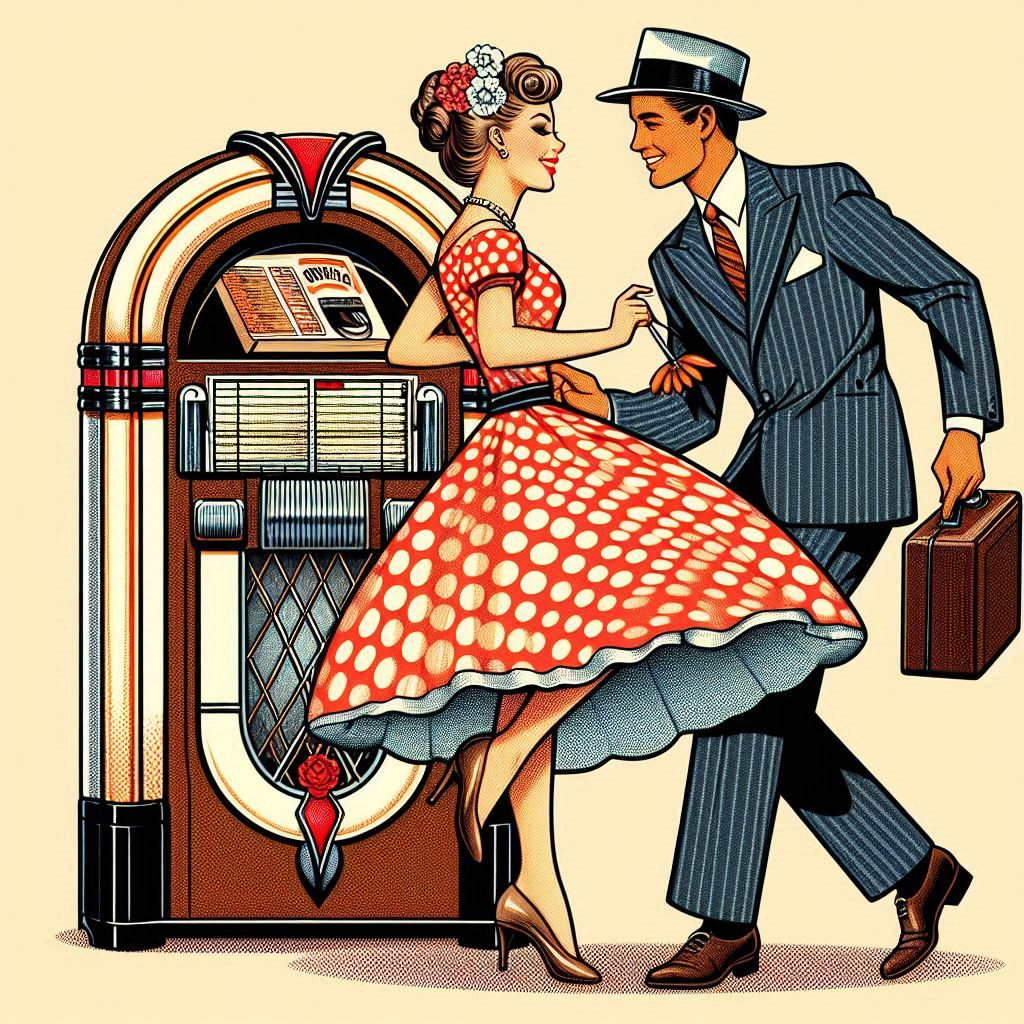What is the Trend Meaning and What is the Trend in Fashion?
In the dynamic world of fashion, the term "trend" holds significant importance. But what does it really mean, and how does it shape the fashion landscape? In this article, we will explore the meaning of trends, delve into the history of important fashion styles, and take a closer look at what trends are expected to dominate in 2025. Additionally, we will discuss retro fashion style and its rich history.
What is the Trend Meaning?
A trend refers to a general direction in which something is developing or changing. In the context of fashion, trends encompass styles, colors, fabrics, and even cultural influences that shape what is popular at any given time. Trends can emerge from various sources, including social movements, technological advancements, and shifts in consumer behavior.
The Importance of Trends in Fashion!
Trends play a crucial role in the fashion industry. They influence designers' collections, dictate what retailers stock, and guide consumers' purchasing decisions. Understanding trends helps fashion professionals stay relevant and competitive in a fast-paced market.
Important Fashion Trends Throughout History
Fashion has always been a reflection of societal changes, and various trends have emerged throughout history. Here are some significant fashion trends that have left a lasting impact:
1. The Flapper Style (1920s)
The 1920s marked a revolutionary shift in women's fashion, characterized by the flapper style. This trend embraced a more liberated and youthful aesthetic, featuring shorter hemlines, dropped waistlines, and loose-fitting garments. Flappers often accessorized with cloche hats and long strands of pearls, symbolizing a break from traditional norms.
2. The New Look (1947)
In 1947, Christian Dior introduced "The New Look," which redefined women's fashion post-World War II. This trend emphasized an hourglass silhouette with cinched waists and full skirts, celebrating femininity and luxury. The New Look had a profound influence on women's fashion for decades to come.
3. The Hippie Movement (1960s-1970s)
The hippie movement of the 1960s and 1970s brought about a wave of bohemian-inspired fashion. This trend featured flowing fabrics, tie-dye patterns, and ethnic prints, reflecting a desire for freedom and self-expression. Key pieces included bell-bottom jeans, maxi dresses, and fringe jackets.
4. Punk Fashion (1970s-1980s)
Punk fashion emerged as a rebellious response to mainstream culture in the late 1970s and early 1980s. Characterized by leather jackets, ripped jeans, and bold hairstyles, this trend challenged societal norms and embraced individuality. Punk fashion remains influential in contemporary streetwear.
5. Minimalism (1990s)
The 1990s saw the rise of minimalism, characterized by clean lines, neutral colors, and a focus on simplicity. Designers like Calvin Klein and Jil Sander popularized this trend, which emphasized quality over quantity and a more understated approach to fashion.
What is the Fashion Trend in 2025?
As we look ahead to 2025, several key fashion trends are expected to emerge, reflecting the evolving tastes and values of consumers. Here are some anticipated trends:
1. Sustainable Fashion
Sustainability will continue to be a dominant trend in 2025. Consumers are increasingly seeking eco-friendly materials and ethical production practices. Brands that prioritize sustainability will likely gain a competitive edge in the market.
2. Tech-Infused Fashion
The integration of technology into fashion is set to rise. Expect to see smart fabrics, wearable technology, and augmented reality experiences that enhance the way consumers interact with clothing.
3. Bold Colors and Patterns
Vibrant colors and bold patterns are making a comeback. In 2025, we can expect to see a mix of retro-inspired prints and modern graphics that make a statement and reflect individuality.
4. Gender Fluidity
Fashion in 2025 will likely embrace gender fluidity, with more brands offering unisex collections and designs that challenge traditional gender norms. This trend reflects a broader cultural shift towards inclusivity and diversity.
What is Retro Fashion Style?
Retro fashion refers to clothing and accessories that are inspired by past styles, often from specific decades. This trend celebrates nostalgia and allows individuals to express their personal style by incorporating elements from previous eras.
The History of Retro Fashion
Retro fashion has its roots in the cyclical nature of style. Designers often draw inspiration from past trends, reinterpreting them for modern audiences. The revival of retro styles can be seen in various decades:
- 1950s: The 1950s saw a resurgence of feminine silhouettes, with fitted dresses and petticoats making a comeback in contemporary fashion.
- 1970s: The bohemian aesthetic of the 1970s has influenced modern fashion, with flowing maxi dresses and wide-leg pants becoming staples in many wardrobes.
- 1980s: The bold colors and oversized silhouettes of the 1980s continue to inspire designers, leading to the revival of statement pieces like shoulder pads and neon colors.
Conclusion
Understanding the meaning of trends and their impact on fashion is essential for anyone interested in the industry. From the flapper style of the 1920s to the anticipated trends of 2025, fashion is a reflection of cultural shifts and societal changes. Retro fashion, with its rich history, allows individuals to connect with the past while expressing their unique style in the present. As we move forward, staying attuned to emerging trends will be key for designers, brands, and consumers alike.


Comments ()